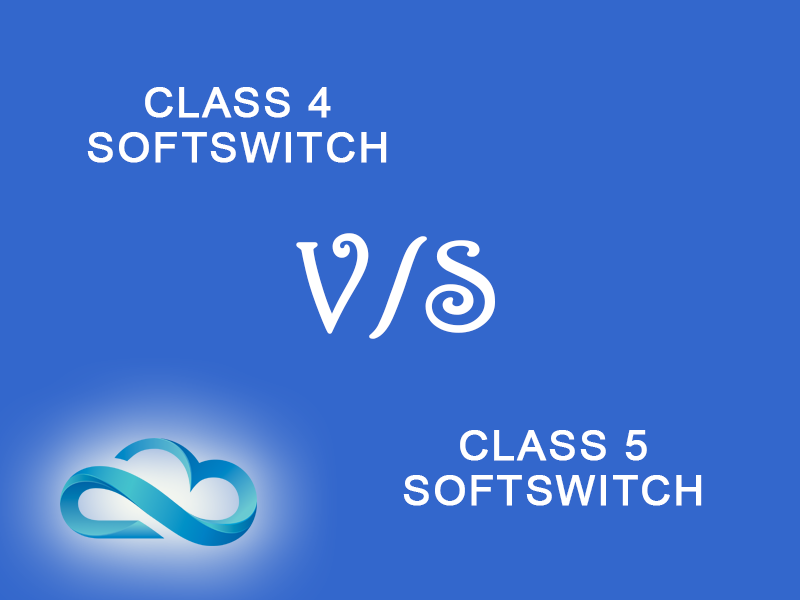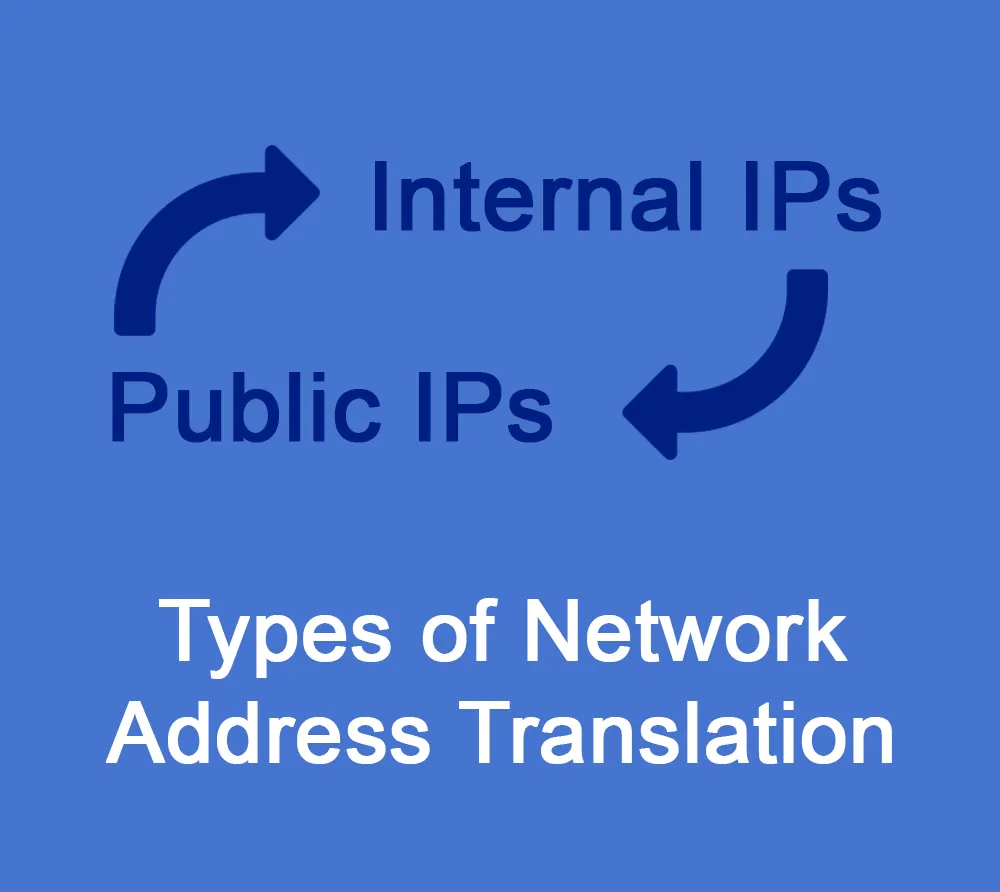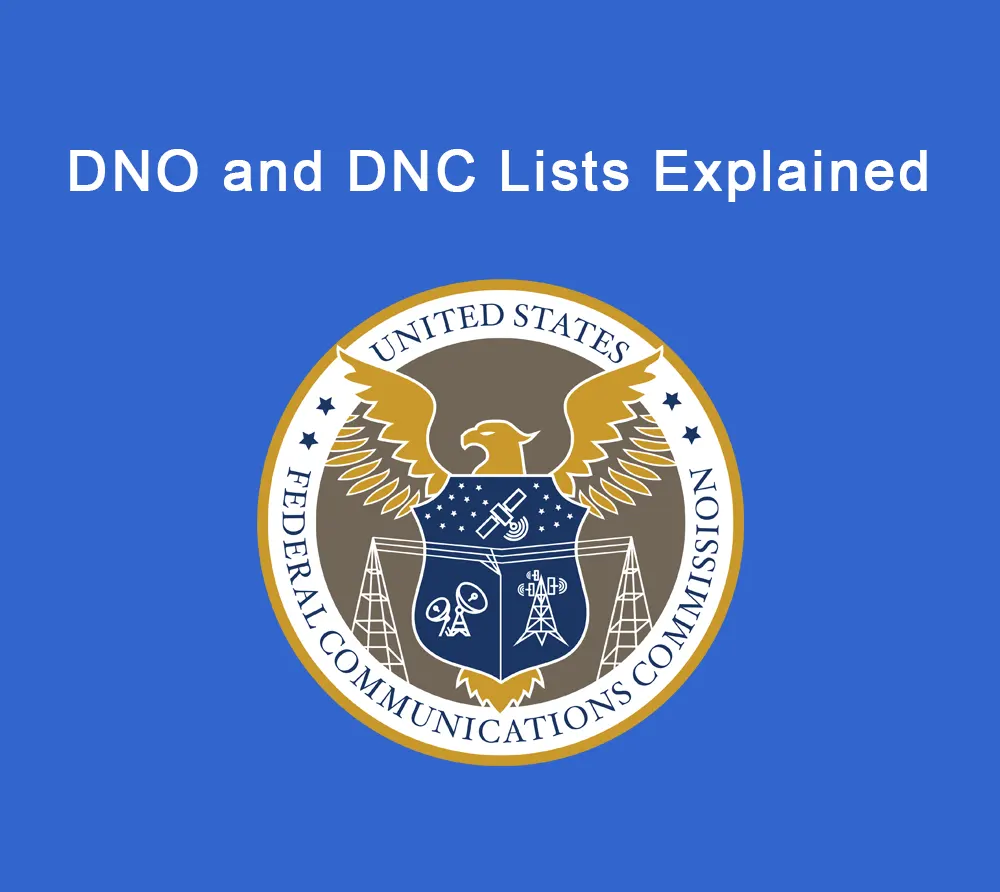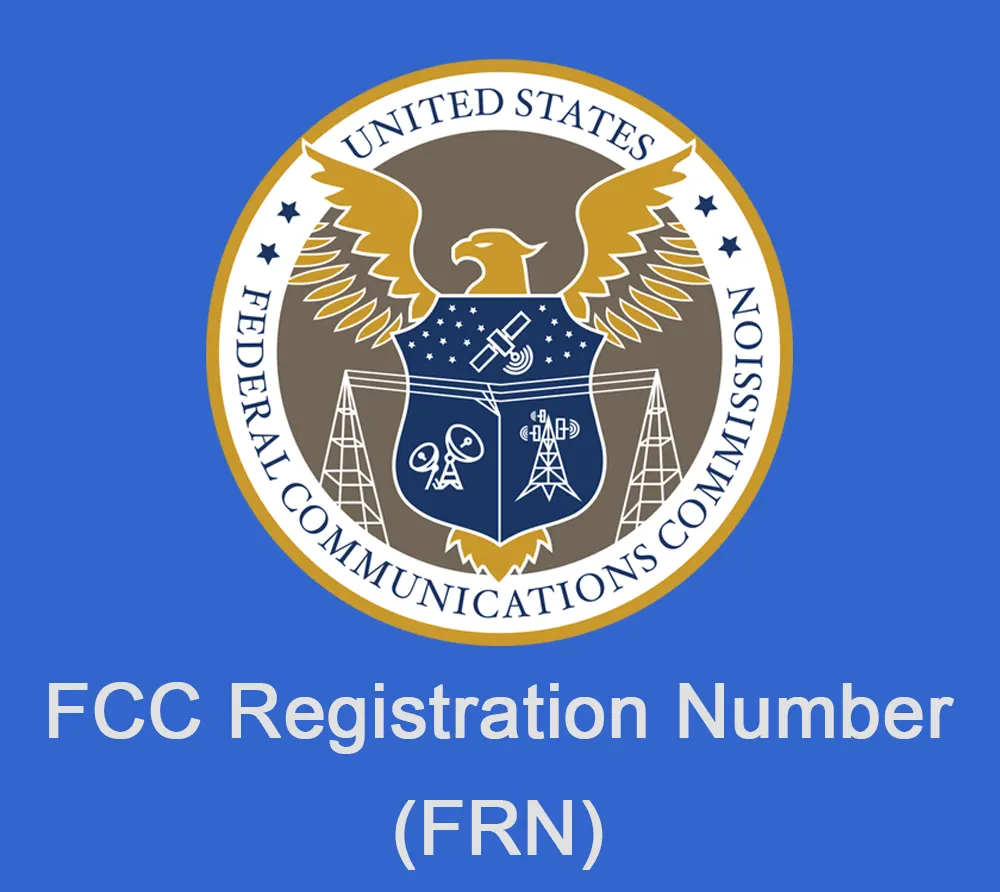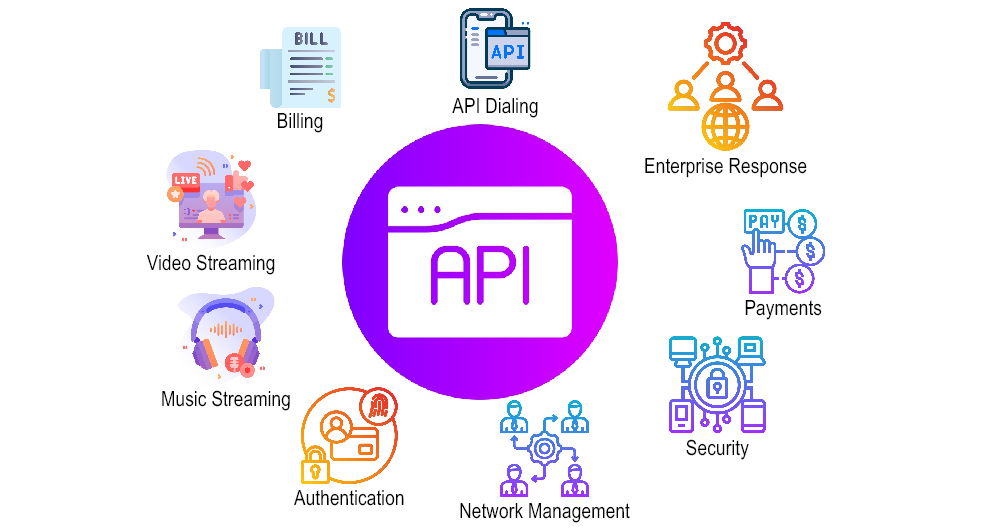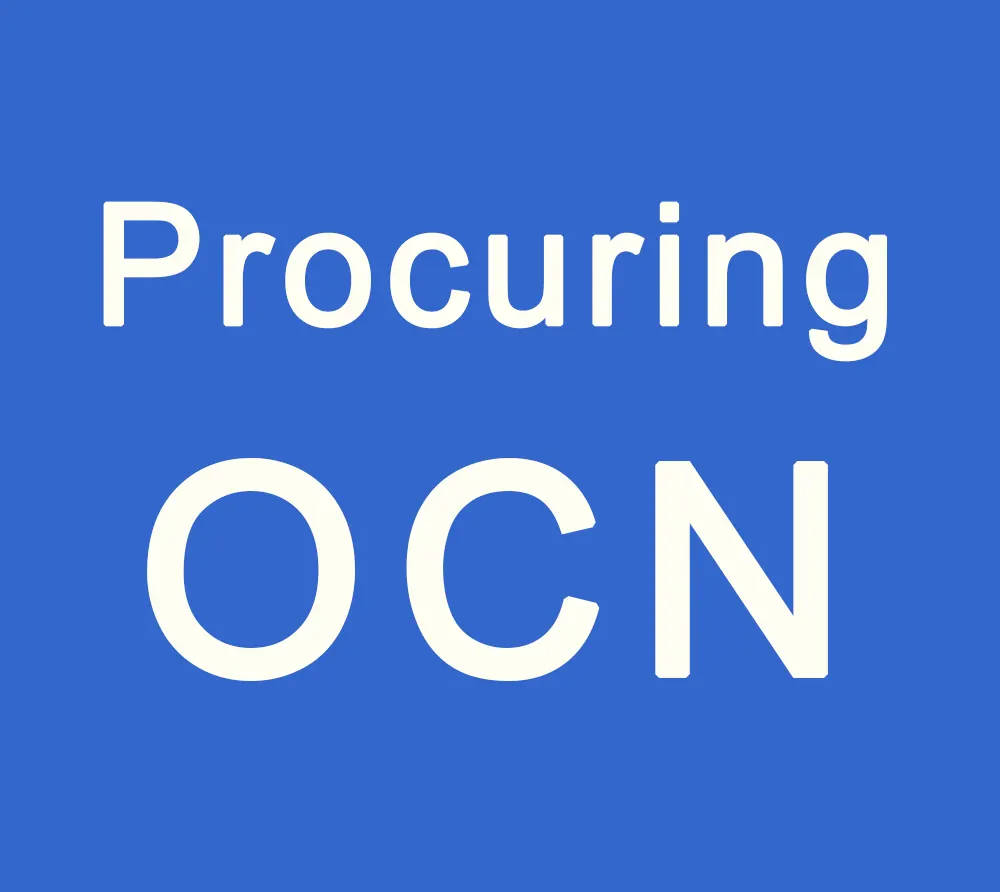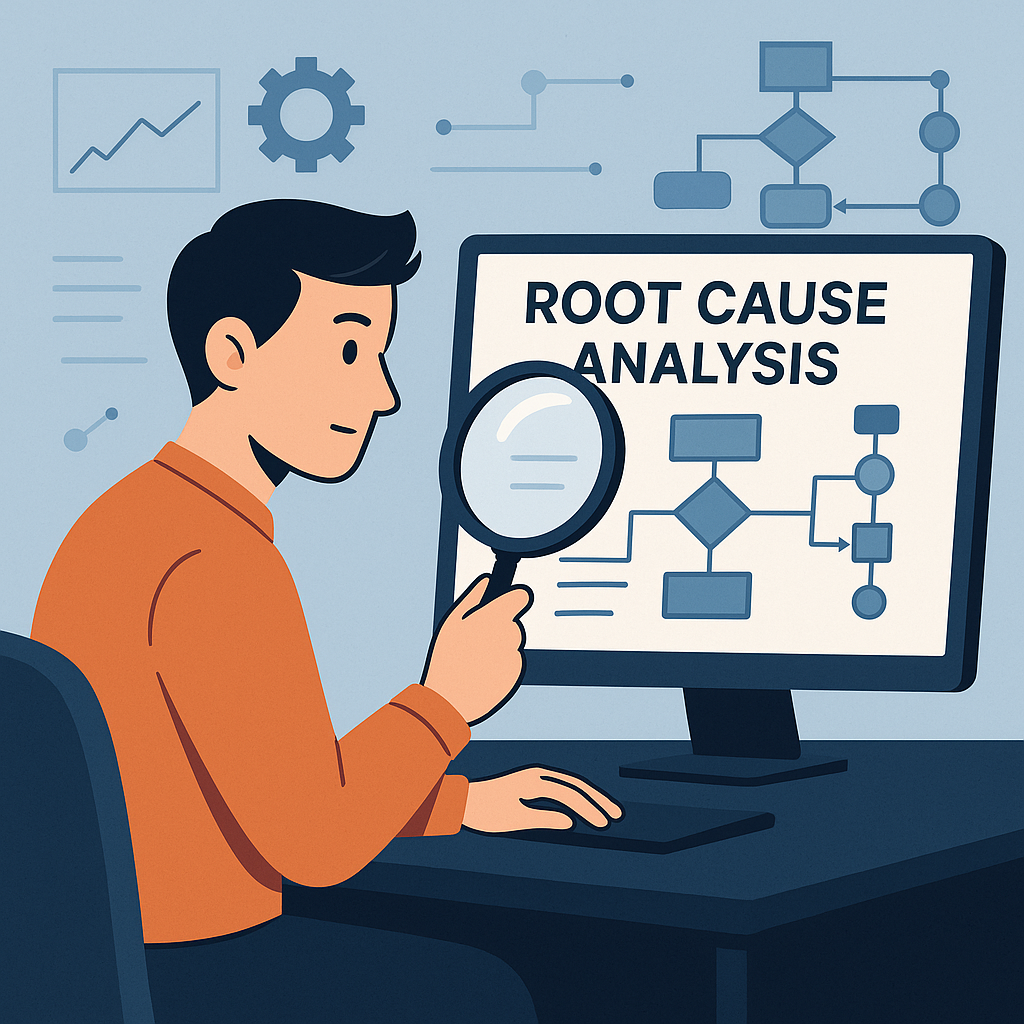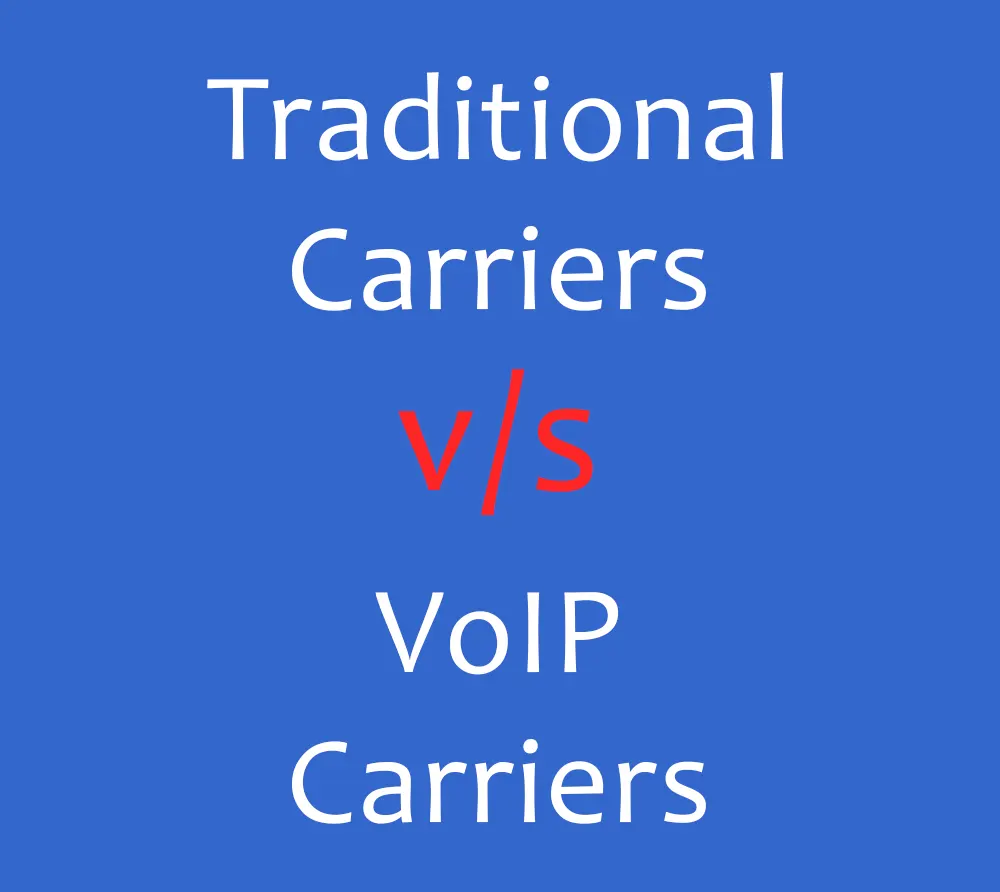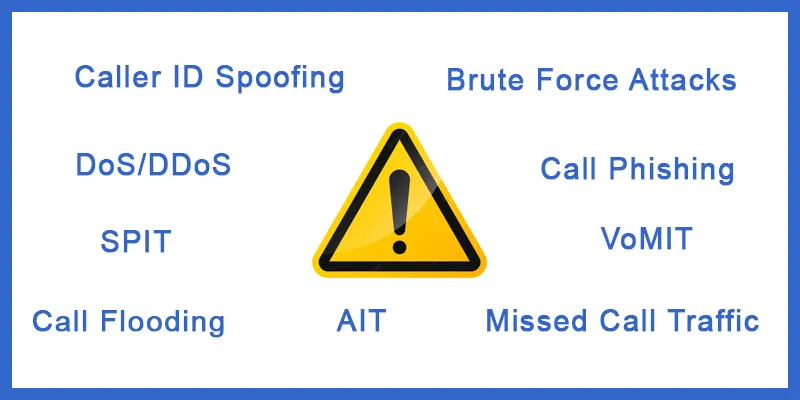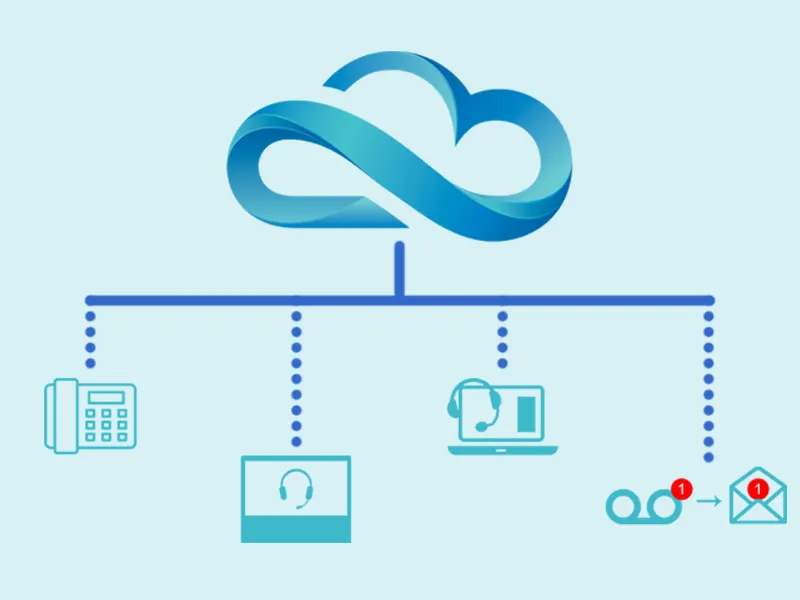Operating Company Numbers (OCN) - Understanding Function, Importance and Relevance
If you wish to operate effortlessly in the telecommunication landscape, you have to hop through many compliance and regulation hoops. One such requirement is to have an Operating Company Number if you wish to operate in North American markets.
So what does an OCN do? Why is it a requirement? Is it even worth procuring one? You will find answers to all those questions in this blog here.
Spoiler alert! OCN is in fact important and not a mere checkbox. Wait till you discover all the good things it enables!
Let us start with some basics and the history of OCN. Let's leave no stones unturned!
What is an Operating Company Number (OCN)?

An Operating Company Number (OCN) is a 4-digit unique identifier assigned to telecommunication companies, particularly those operating in North America.
This numerical code plays a crucial role in the telecommunications industry. It serves as a distinctive marker for each carrier operating in the North American region.
The North American Numbering Plan Administration (NANPA) and the North American Numbering Plan Billing and Collection (NANP B&C) are responsible for overseeing and managing the assignment of OCNs.
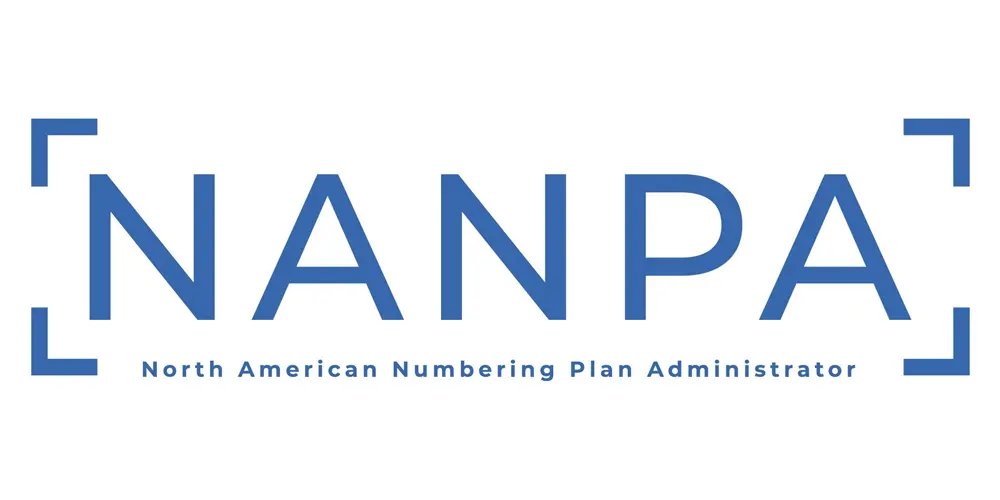
The OCN consists of three to four digits, which helps in identifying and categorizing telecommunication carriers within the North American numbering system. This system includes the United States, Canada, and various other countries and territories.
Here are some key aspects and uses of Operating Company Number.
1. Network Identification - OCNs are instrumental in identifying the network or carrier associated with a particular telephone number. This is essential for routing calls and managing telecommunications traffic effectively.

2. Regulatory Compliance - OCNs are subject to regulatory oversight. They’re used to ensure telecommunication companies adhere to industry standards and comply with regulations set forth by telecommunications authorities.
For example, OCN is a prerequisite for acquiring a STIR/SHAKEN certificate to combat illegal robocalls and spoofing.
3. Billing and Collection - OCNs play a role in billing and collection processes within the telecommunications industry. They assist in tracking and managing financial transactions related to the use of telecommunications services.
4. Industry Transparency - OCNs contribute to the transparency of the telecommunications landscape by providing a standardized way to differentiate and categorize carriers. This aids in maintaining an organized and efficient telecommunications infrastructure.
All in all, OCNs are equivalent to government-issued Photo IDs for telecom firms. Essential for identification and a prerequisite for availing certain services or acquiring permits, licenses, etc.
NECA's Role in Issuing OCN

Founded in 1984, the North American Exchange Carriers Association (NECA) has played a crucial role in administering Operating Company Numbers (OCNs). A responsibility deeply rooted in its oversight of the NANP.
As a non-profit organization, NECA's initial mission was to foster fair and efficient interconnection among telecommunications carriers in the United States.
Over the years, NECA has transformed into a respected administrator and regulator within the telecommunications landscape. It oversees various facets of the industry.
Central to its regulatory role is the management of OCNs, which it accomplishes through collaboration with the NANPA and the NANP Billing and Collection (B&C).
The comprehensive NANP encompasses the United States, Canada, select Caribbean nations, and other regions. NECA's involvement in OCN assignments is integral to maintaining the integrity and functionality of this expansive numbering system.
Beyond its historical roots, NECA continues to adapt and fulfill its evolving role in shaping the telecommunications landscape.
Key Responsibilities of NECA

1.Allocation and Assignment - NECA allocates and assigns OCNs to telecommunications carriers operating within the NANP region.
This process ensures that each carrier is uniquely identified, contributing to the efficient functioning of the telecommunications infrastructure.
2. Regulatory Compliance - NECA ensures that the allocation and assignment of OCNs comply with regulatory requirements set by telecommunications authorities. This helps maintain a standardized and regulated environment within the industry.
3. Coordination with NANPA and NANP B&C - NECA collaborates closely with NANPA and NANP B&C to streamline the administration of OCNs. This coordination ensures a cohesive approach to numbering resources and facilitates effective communication and cooperation among industry stakeholders.
4. Industry Support - Beyond OCN administration, NECA provides support to telecommunications carriers, offering resources and expertise to navigate regulatory complexities and promote fair and efficient interconnection practices.
Thus, NECA ensures a great degree of standardization and regulatory compliance across the North American Telecommunication landscape.
How Do OCNs Differ from Other Telecom Identifiers?

Before we dive into the differences. Let’s glance over what the other Telecom Identifiers used globally are.
1. Mobile Network Code (MNC)
The MNC is a three-digit code uniquely identifying mobile carriers within a specific country. As stated, its scope is limited to the country.
Function - Used in the International Mobile Subscriber Identity (IMSI) to identify mobile carriers.
2. International Mobile Equipment Identity (IMEI)
IMEI is a globally unique identifier assigned to mobile devices, providing information about the device's origin and model.
Function - Identifies and tracks mobile devices globally.
3. Session Initiation Protocol (SIP) Address
A SIP Address is an address used in Voice over Internet Protocol (VoIP) for routing calls over the Internet. These are typically used in VoIP systems globally.
Function - Used for routing VoIP calls.
4. Electronic Serial Number (ESN)
ESN is a unique identifier assigned to mobile devices, particularly in CDMA networks. Its scope is limited to CDMA networks only on a global level.
Function - Identifies CDMA mobile devices.
Comparison with OCN
Scope
OCN - Specific to the North American region.
Others - Can be country-specific, global, or network-specific.
Function
OCN - Identifies carriers for network and billing purposes.
Others - Serve various functions such as identifying mobile devices (IMEI, ESN), routing VoIP calls (SIP), or specifying mobile carriers (MNC).
Regulatory Oversight
OCN - Subject to North American regulatory oversight.
Others - May be regulated by different authorities based on their specific use.
Thus, while OCN is specific to carriers in the North American region, other identifiers like MNC, IMEI, SIP addresses, and ESN serve different functions on a global or network-specific scale.
Understanding the Structure of OCNs
The structure of OCNs involves a numerical code typically consisting of three to four digits. These digits serve to uniquely identify and categorize telecommunication carriers within the North American numbering system.
Breakdown of OCN Components

1. Major OCN
The first three digits of the OCN represent the Major OCN. This part of the code identifies the primary or major entity within a telecommunications organization.
Example - OCN: 123
In this case, the Major OCN is "123," indicating the primary entity or carrier. There is no Region Code in this example.
2. Region Code (Optional)
In some cases, an optional fourth digit known as the Region Code may be present. This digit further refines the OCN's identification by specifying the geographical region or area associated with the carrier.
Example - OCN: 4567
In this example, the Major OCN is "456," and the Region Code is "7." The Major OCN identifies the primary entity.
The Region Code provides additional specificity, possibly indicating the carrier's presence in a particular geographical region.
Important Functions of OCN
Identification of carriers isn't the only function of OCN servers. It is a multi-faceted identifier that has additional important functions as well.
- Uniqueness and Individual Identification

Each telecommunication carrier operating within the North American numbering system is assigned a distinct OCN by the North American Exchange Carriers Association (NECA). This assignment ensures that no two carriers share the same OCN, establishing a unique identifier for each entity.
- Call Routing and Switching
OCNs are embedded within the call routing and switching processes of the telecommunications infrastructure. When a call is initiated, the OCN associated with the originating and destination carriers is used to route the call through the appropriate network nodes and switches.
- Interconnection Agreements

Telecommunication carriers often establish interconnection agreements to facilitate the exchange of calls and data between their networks. OCNs are a key component of these agreements. They help carriers identify and authenticate each other during the interconnection process.
- Billing and Settlement

OCNs are crucial for accurate billing and settlement processes. When calls traverse different carriers' networks, the OCNs associated with the originating and terminating carriers are used to track usage and determine the appropriate charges. This ensures that each carrier is appropriately compensated for the services provided.
- Regulatory Compliance

Regulatory authorities, such as the Federal Communications Commission (FCC) in the United States, rely on OCNs to monitor and regulate the telecommunications industry. OCNs provide a standardized and regulated way to identify and track the activities of individual carriers, ensuring compliance with industry standards and regulations.
As you can see, OCN’s role is not limited to being a mere identifier. It serves more functions and streamlines different operations carried out in the world of telecommunication.
That alone should make it clear why OCNs are important. However, we will need to study everything that an OCN enables that directly benefits regulators and carriers.
Why do OCNs Matter?
At times regulators and administrators introduce compliances and certain requirements that only add to the paperwork and serve no purpose. OCNs, thankfully, do not fall under this category.
Here are all the reasons why they matter.
Impact on Telecom Operations

The allocation and utilization of Operating Company Numbers (OCNs) have a profound impact on telecom operations for several reasons:
1. Network Efficiency and Management
OCNs play a crucial role in routing calls efficiently through the telecommunications network. OCNs contribute to streamlined call routing and switching processes, reducing latency and ensuring optimal network performance.
2. Interconnection and Collaboration
OCNs facilitate interconnection agreements between carriers, allowing seamless communication and data exchange between different networks.
This interoperability is essential for providing comprehensive telecom services and supporting a connected telecommunications ecosystem.
3. Regulatory Compliance
OCNs are subject to regulatory oversight. This ensures that carriers adhere to industry standards and comply with regulations set by authorities such as the Federal Communications Commission (FCC). This regulatory compliance enhances the reliability and integrity of telecom operations.
4. Billing Accuracy
OCNs are integral to billing and settlement processes. They enable accurate tracking of usage and ensure that carriers are appropriately compensated for the services provided. This precision in billing contributes to financial transparency and accountability within the telecom industry.
How Businesses Benefit from OCNs

Businesses within the telecommunications sector derive several advantages from the existence and proper management of OCNs.
1. Service Differentiation
OCNs allow businesses to distinguish themselves within the telecommunications landscape. Each carrier's unique OCN serves as an identifier, helping businesses establish their identity and brand within the market.
2. Interoperability and Collaboration
OCNs facilitate collaboration between businesses through interconnection agreements. This enables the seamless exchange of calls, data, and services, fostering a cooperative environment that benefits both businesses and end-users.
3. Efficient Network Planning
OCNs provide valuable information for businesses to plan and optimize their network operations. Understanding the OCNs associated with different carriers allows businesses to make informed decisions about routing, network expansion, and resource allocation.
4. Regulatory Compliance Assurance
Adherence to OCN standards ensures that businesses comply with regulatory requirements. This compliance not only avoids legal issues but also builds trust with customers and regulatory authorities, enhancing the overall reputation of the business.
Relevance in the Modern Telecommunications Landscape

In today's rapidly evolving telecommunications landscape, OCNs remain relevant for several reasons:
1. Technology Integration
OCNs continue to play a pivotal role as new technologies, such as Voice over Internet Protocol (VoIP) and 5G, integrate into telecommunications networks. OCNs provide a standardized mechanism for identifying and managing carriers across diverse communication platforms.
2. Global Connectivity
OCNs contribute to global connectivity by facilitating interoperability between carriers on an international scale. As telecommunications networks become increasingly interconnected globally, OCNs ensure seamless communication and collaboration across borders.
3. Security and Fraud Prevention
OCNs assist in security measures and fraud prevention. By accurately identifying carriers, OCNs contribute to the authentication of network traffic, helping to mitigate the risks associated with unauthorized access, fraud, and cyber threats.
4. Regulatory Adaptation
OCNs can adapt to evolving regulatory frameworks and technological advancements. This adaptability ensures that OCNs remain a relevant and effective tool for managing telecommunications operations in the long term.
Now, considering the difference OCNs make to the telecommunication landscape, it is fair to say that OCNs matter.
With that, you’ve learned all the basics of OCN. Let’s wrap things up!
Ending Notes
Operating Company Numbers are more than a regulatory or compliance requirement. They serve multiple functions and make a significant difference to the telecom landscape in terms of standardization, identification and smoother inter-operations.
Every carrier in the North American region should get their OCN at the earliest. An OCN will make your operations easier and safer as a carrier.
Stay tuned, we shall guide you with procuring your OCN in our next blog!



























